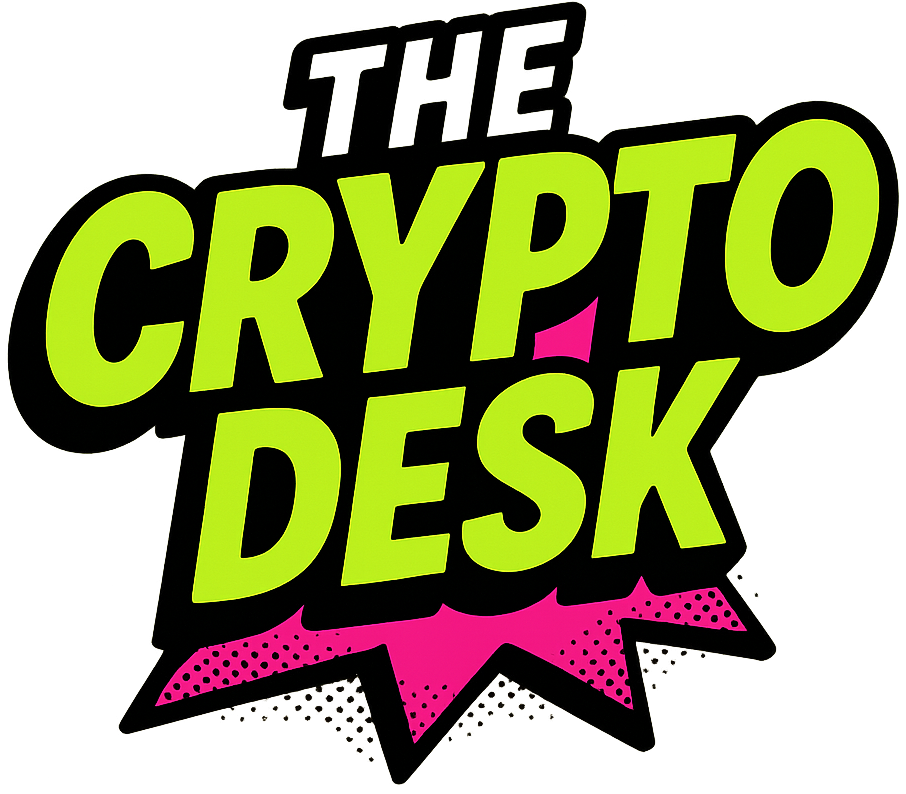Bitcoin Miners Brace for Challenges Amid Trade Tensions
The world of Bitcoin mining is once again in the spotlight as miners in the United States brace for significant disruptions due to escalating trade tensions between the U.S. and China. The latest wave of tariffs announced by the White House has raised eyebrows and ignited concerns about the future of mining operations in America. With tariffs now soaring to heights never seen before, how does this impact miners and the broader cryptocurrency landscape?
📌 Why This Matters
The implications of these tariffs extend far beyond mere costs; they touch the very fabric of the U.S. Bitcoin mining industry, a sector that previously thrived on competitive edges born of its lower operational costs and technological advancements. As one of the largest players in the global Bitcoin network, accounting for over 40% of its hashrate, any shift in this dynamic could ripple through markets and affect investors worldwide.
With rising costs and competitive pressures, U.S. miners are now forced to adapt or risk falling behind, possibly causing a realignment of where Bitcoin mining thrives across the globe. What does this mean for future investment and technological innovation in the crypto space?
🔥 Rising Costs for Bitcoin Miners
The tariffs introduced are staggering, with the import tax on Chinese Bitcoin mining rigs leaping up to an astonishing 125%. This represents a substantial increase from previous levels and is particularly painful given the U.S.’s reliance on hardware from Southeast Asian countries like China, Indonesia, and Malaysia, where leading manufacturers such as Bitmain and MicroBT are based. The result is an inevitable surge in hardware prices, potentially driving U.S.-based mining operations to the brink of unsustainability.
U.S. tariffs on Bitcoin mining machines just spiked across key manufacturing countries. China jumped from 25% to 54%. Indonesia, Malaysia, and Thailand went from 2% to over 20-30%. If U.S. demand drops, we could start seeing cheaper rigs show up abroad. pic.twitter.com/XQ2VlNTIij— Esprezzo (@Esprezzoapp) April 9, 2025
Industry leaders are already voicing their concerns. Jaime McAvity, CEO of Cormint Data Systems, highlighted that U.S. miners who depend on overseas equipment will see their buildout costs swell significantly. “Tariffs will contribute to higher buildout costs,” he noted. “Miners reliant on Chinese manufacturers will find it economically unfeasible to import equipment.” Jill Ford, founder of Bitford Digital, echoed this sentiment, warning that miners could face a 22–36% hike in equipment costs, a blow that could challenge their competitiveness against international counterparts.
🚀 Short-Term Disruption or Long-Term Setback?
As the dust settles, the impact of these tariffs raises a crucial question: Are we witnessing a short-term speed bump or a profound reconfiguration of the U.S. mining landscape? Ford argues that the tariffs could create significant setbacks for U.S. miners, possibly pushing many operations to seek cheaper alternatives overseas. “This kind of price hike will clearly force tough decisions,” she remarked, suggesting that the reallocation of mining operations abroad could become a trend.
However, McAvity remains optimistic about the potential for domestic manufacturing. He believes that tariffs could spur onshoring efforts, allowing companies to explore local production options. “While we might face higher costs, it positions us for long-term sustainability,” he stated, emphasizing the urgency for miners to pivot swiftly to alternative solutions.
Hashrate Implications: A Global Perspective
The rise in operational costs for U.S. miners could have broader implications for the overall Bitcoin network. Ford predicts that while U.S. hashrate growth may stagnate, mining operations in cost-effective regions may continue to thrive, keeping global hashrate on the upswing. “It’s a delicate balancing act,” she said, as the world watches how the hashpower distribution shifts in response to these tariffs.
Meanwhile, miners already established with solid hashrate might find this slow growth beneficial, allowing existing operations to enjoy improved profitability even as new entrants face increasing barriers. “Monitoring hashrate distribution will be crucial,” remarked Scott Offord, founder of Bitcoin Mining World. He underscored the need for miners to remain vigilant and adaptable in this changing environment.
💡 The Path Forward for U.S. Miners
Adaptability could be the lifeblood for U.S.-based miners going forward, with diverse supply chains and agile business strategies becoming paramount. Ford suggests that miners should look for opportunities to source hardware from countries that face lower tariffs or even explore partnerships with U.S. manufacturers. “It’s about being smart and strategic in this evolving market,” she advised.
Those miners who are well-prepared appear ready to weather the storm. Zach Bradford, CEO of CleanSpark, expressed confidence that his company’s established infrastructure positions them for sustained growth despite the incoming tariffs. “While these tariffs may slow down competitors who lack our scale and resilience, we’re confident in our ability to maintain our momentum and lead the industry forward,” he stated, showcasing a proactive approach to navigating these turbulent waters.
🧐 Conclusion: A Call to Action for Miners
The current landscape presents both challenges and opportunities for U.S. Bitcoin miners. As tariffs reshape the playing field, it’s essential for mining operations to innovate and adapt. The question is not just how they will respond to these pressures, but how quickly they will do so. What strategies will they implement to remain competitive in a rapidly evolving environment? Let’s open the floor for discussion. How will these changes affect your views on mining investments?

